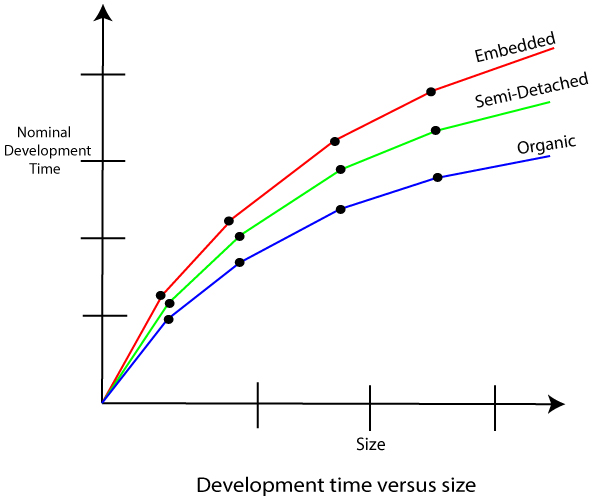
Cocomo Ii Calculator Software Cost And
It consists of three submodels, each one offering increased accuracy the further along one is in the project planning and design process. COCOMO® II is the latest major extension to the original COCOMO® (also known as COCOMO® 81) model published in 1981. The primary objectives of the COCOMO II effort are: To develop a software cost and schedule estimation model tuned to the life cycle practices of the 1990’s and 2000’s.The COnstructive COst MOdel II (COCOMO® II) is a software cost, effort, and schedule model. The definition will be refined as additional data are collected and analyzed. The initial definition of COCOMO II and its rationale are described in this paper.
Making investment or other financial decisions involving a software development effort Tool to utilize in software cost estimations, based on. ACOCOMO® II can be used for the following major decision situations:cost estimation model COCOMO II, which was applied to a case study object derived from a software. One of the most difficult phases in software development is the planning process and the ability to provide accurate cost estimations for a project.
...
After several years and the combined efforts of USC-CSSE, ISR at UC Irvine, and the COCOMO® II Project Affiliate Organizations, the result is COCOMO® II, a revised cost estimation model reflecting the changes in professional software development practice that have come about since the 1970s.Details of the COCOMO® II model, such as the input parameter definitions, the model form, and how the model was calibrated, can be found in the book Software Cost Estimation with COCOMO II. The solution to the problem was to reinvent the model for the 1990s. These changes included a move away from mainframe overnight batch processing to desktop-based real-time turnaround a greatly increased emphasis on reusing existing software and building new systems using off-the-shelf software components and spending as much effort to design and manage the software development process as was once spent creating the software product.These changes and others began to make applying the original COCOMO® model problematic. In the ensuing decade and a half, software development techniques changed dramatically. Barry Boehm in 1981, and reflected the software development practices of the day.


 0 kommentar(er)
0 kommentar(er)
